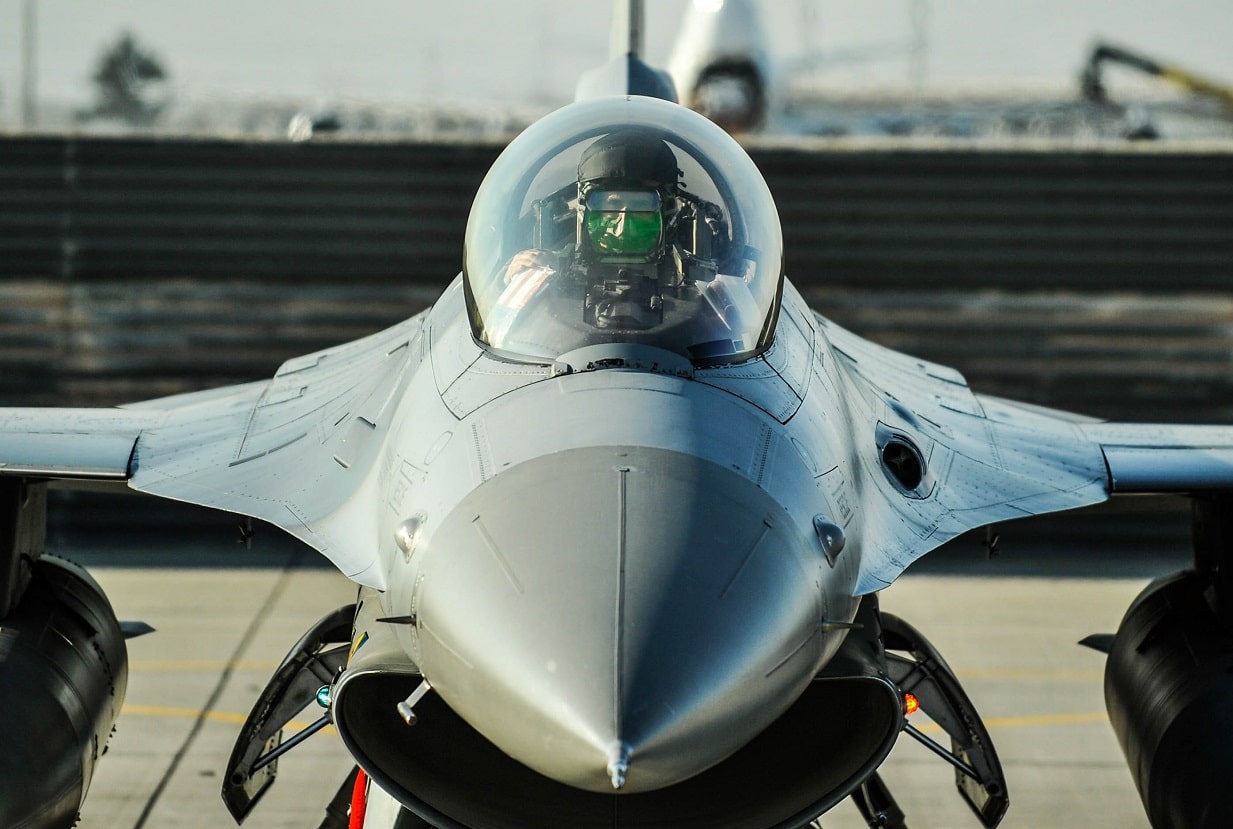Stop Saying We’re Facing World War III: Just days after Russia launched its unprovoked invasion of Ukraine, U.S. President Joe Biden cautioned that any direct NATO-Russia clash would trigger “World War III.” The hyperbole of a Third World War has continued ever since.
In recent months, tech billionaire Elon Musk has repeatedly taken to social media to warn that there is a threat of the conflict escalating into a world war.
But is it?
Really, World War III?
Though there is a very real and severe threat of nuclear war and a genuinely devastating conflict, yet, it would be incorrect to suggest that a conflict between NATO and Russia would immediately and definitfely be a “World War.”
History Lesson – World Wars
Back during the fighting that took place between August 1914 and November 1918, no one actually called it World War I or the First World War. However, contemporaries certainly did view it as a global conflict. The Germans were the first to suggest as much in late 1914, describing the conflict as “Weltkrig” or “World War,” while the French and British respectively referred to it as “La Grande Guerre” and “Great War,” only later adopting the term “World War.”
The term expressed the scale of the fear the conflict unleashed – but more importantly, the scale on which it was fought. From the opening weeks of the war, Germany was fighting not only in Belgium, France and Russia but was engaged in combat operations in Africa and China, while its warships were soon sent on commerce raiding missions around the world. When the Ottoman Empire joined the war in November 1914, the conflict spread to North Africa and throughout the Middle East, from Iraq to Palestine.
Not Really World War I
It is also important to note that despite the moniker that was only applied to the Great War after the horrors of the Second (1939-45), there had been prior global conflicts.
The Seven Years’ War (1756-1763) saw fighting not only in Europe but in North America and the Caribbean, and also in India and the Philippines; while the American Revolution may have had its first shot heard ‘round the world at Lexington and Concord, but its final shot was actually fired in India.
Likewise, the Napoleonic Wars were also fought beyond Europe – to Latin America, Egypt, and Syria.
In fact, if you include the Anglo-American War of 1812 as part of the Napoleonic Wars, it involved fighting in North America, which the First World War did not.
A Horrible War – Not a World War
A conflict with Russia could rightfully be described as a truly frightening prospect, but it would be wrong to suggest it would be as global as those past conflicts.
While Russia could – and likely even would – launch nuclear weapons at America’s cities, it couldn’t possibly hope to invade North America. There should be little fear of a Red Dawn-type occupation.
Moreover, if such a conflict were somehow to remain conventional, or at least the use of nuclear weapons limited, the fighting between NATO and Russia would be confined to Ukraine and Eastern Europe, possibly even Russia. Any naval engagements would be likely limited to sub vs. sub engagements, as the Russian Navy is in no shape to sortie against the United States supported by its NATO allies.
Moreover, while NATO might face cracks in its foundation should it come to war, the alliance would likely stand together. By contrast, Russia has few, if any, allies that would join it. China isn’t about to become embroiled in a conflict where it has nothing to gain. Syria would be instantly isolated and overrun, and most of the former Soviet states in Central Asia would also likely sit it out. Belarus would perhaps be the only state to join Russia, and only because it would bow to pressure from Moscow.
History Lesson II – Russia Has Never Been Strong
Without the nukes, a NATO-Russian War would be so one-sided that Moscow could expect to be overrun as quickly as Iraq was in 2003. It would be the Russian masses that would likely be greeting the invaders with the flowers Moscow expected the Ukrainians to hand to its soldiers. Why would they want to fight?
History suggests that Russia has no heart for a serious fight.
Apart from the Great Patriotic War (World War II), when the Soviet Union and its people were fighting for their survival against a power that would have enslaved/exterminated them, Russia has rarely been on the winning side of a major war. In the past two centuries, Russia’s most significant military victories were against the Ottoman Empire, a nation in a severe state of decline and decay, or its efforts to put down a rebellion in lands it already controlled.
It saw defeat in the Crimean War (1853-1856) and again in the Russo-Japanese War (1904-05). During the First World War, its centuries-old monarchy was overthrown, followed by the provisional government. At the same time, the Bolsheviks sought to withdraw from the conflict and subsequently lost their grip on Finland, the Baltic States, and Poland. Since the dissolution of the Soviet Union, history has repeated itself as Russia’s victories have again only been against small regional states such as Georgia and Chechnya.
The war in Ukraine is just the latest proof that Russia is a paper tiger, a second-rate world power that has nuclear weapons in its arsenal. Its navy is in shambles, its air force relies on antiquated bombers, and it is forced to deploy tanks that were retired decades ago to bolster its numbers.

NATO tank firing. Image Credit: Creative Commons.
Nukes are all Moscow has, and if it comes to war, it could cause the destruction of cities around the world and cost the lives of hundreds of millions. But mutually assured destruction is now unlikely.
Perhaps someone needs to tell Vladimir Putin he can hurt NATO, but it would be his and Russia’s destruction that is indeed assured.
Bonus: Russia’s Most Lethal Bomber – The Tu-160
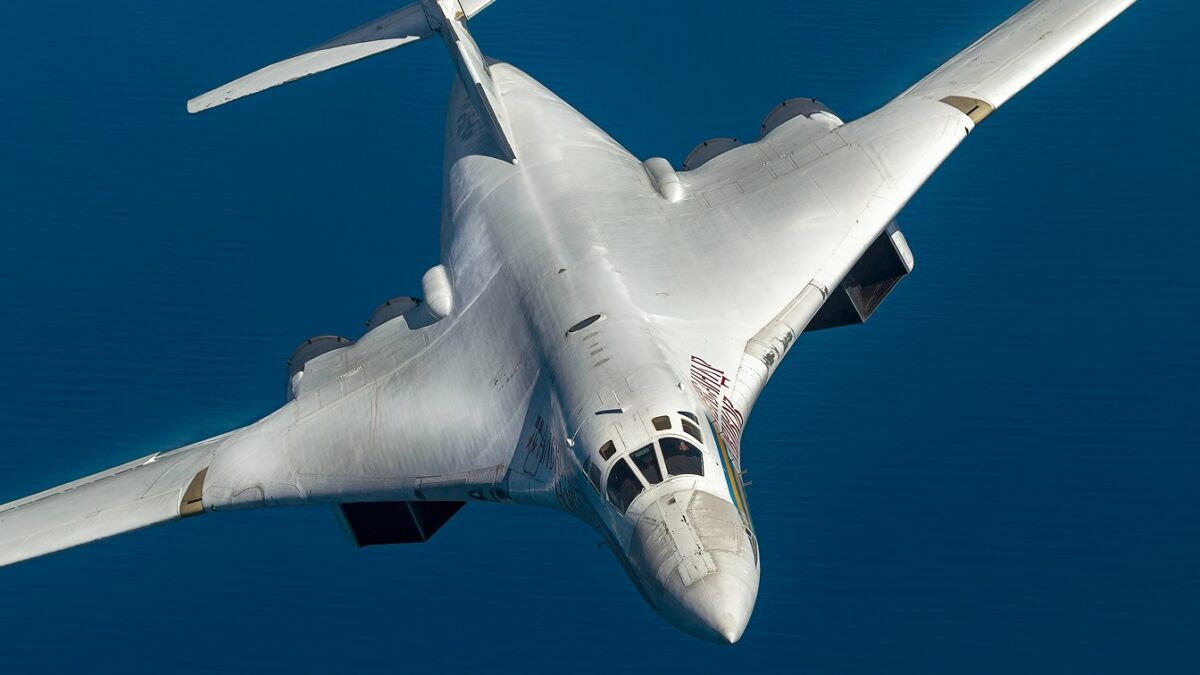
Tu-160 Bomber. Image Credit: Creative Commons.
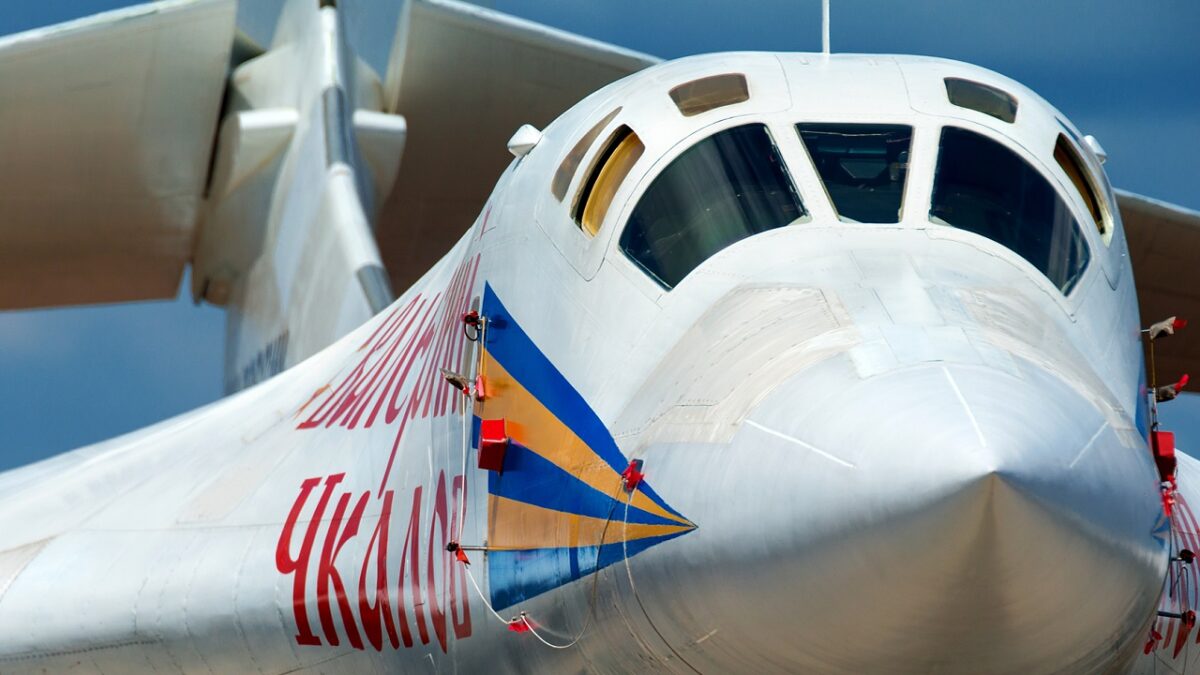
Tu-160. Image Credit: Creative Commons.

Tu-160. Image Credit: Creative Commons.

Tu-160 bomber about to take off. Image Credit: TASS.
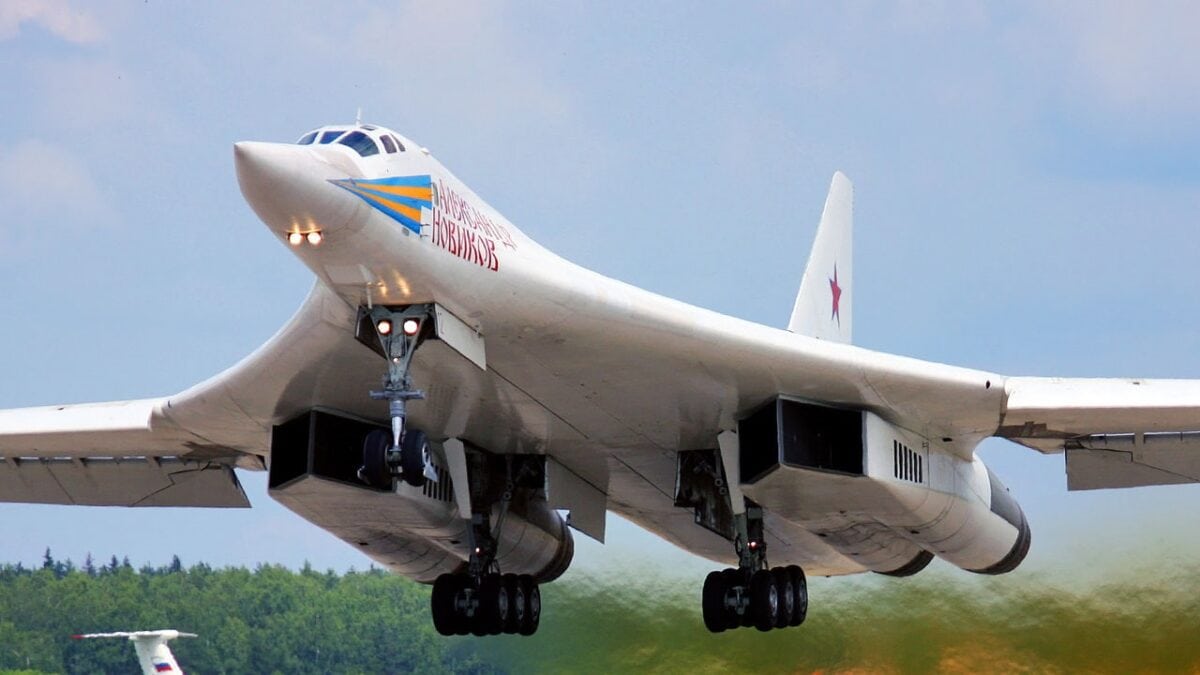
Tu-160 Bomber. Image Credit: Creative Commons.
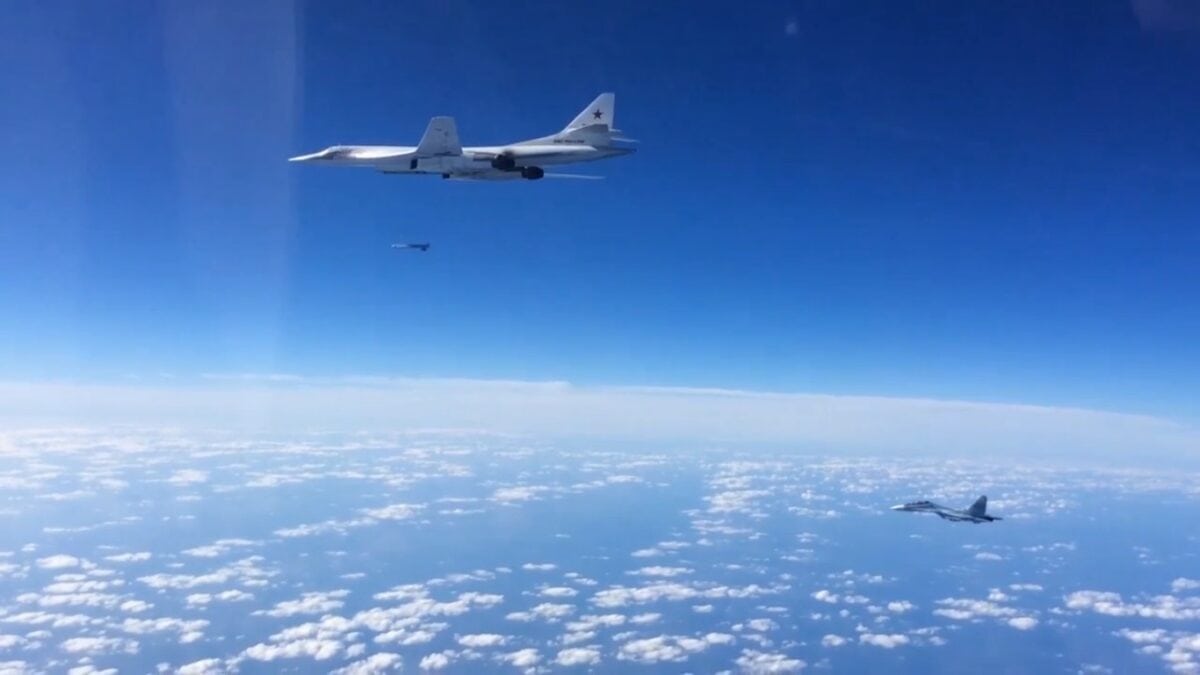
A Tu-160 bomber launching a Kh-101 cruise missile against targets in Syria, November 2015
A Senior Editor for 19FortyFive, Peter Suciu is a Michigan-based writer who has contributed to more than four dozen magazines, newspapers, and websites with over 3,000 published pieces over a twenty-year career in journalism. He regularly writes about military hardware, firearms history, cybersecurity, and international affairs. Peter is also a Contributing Writer for Forbes. You can follow him on Twitter: @PeterSuciu.

